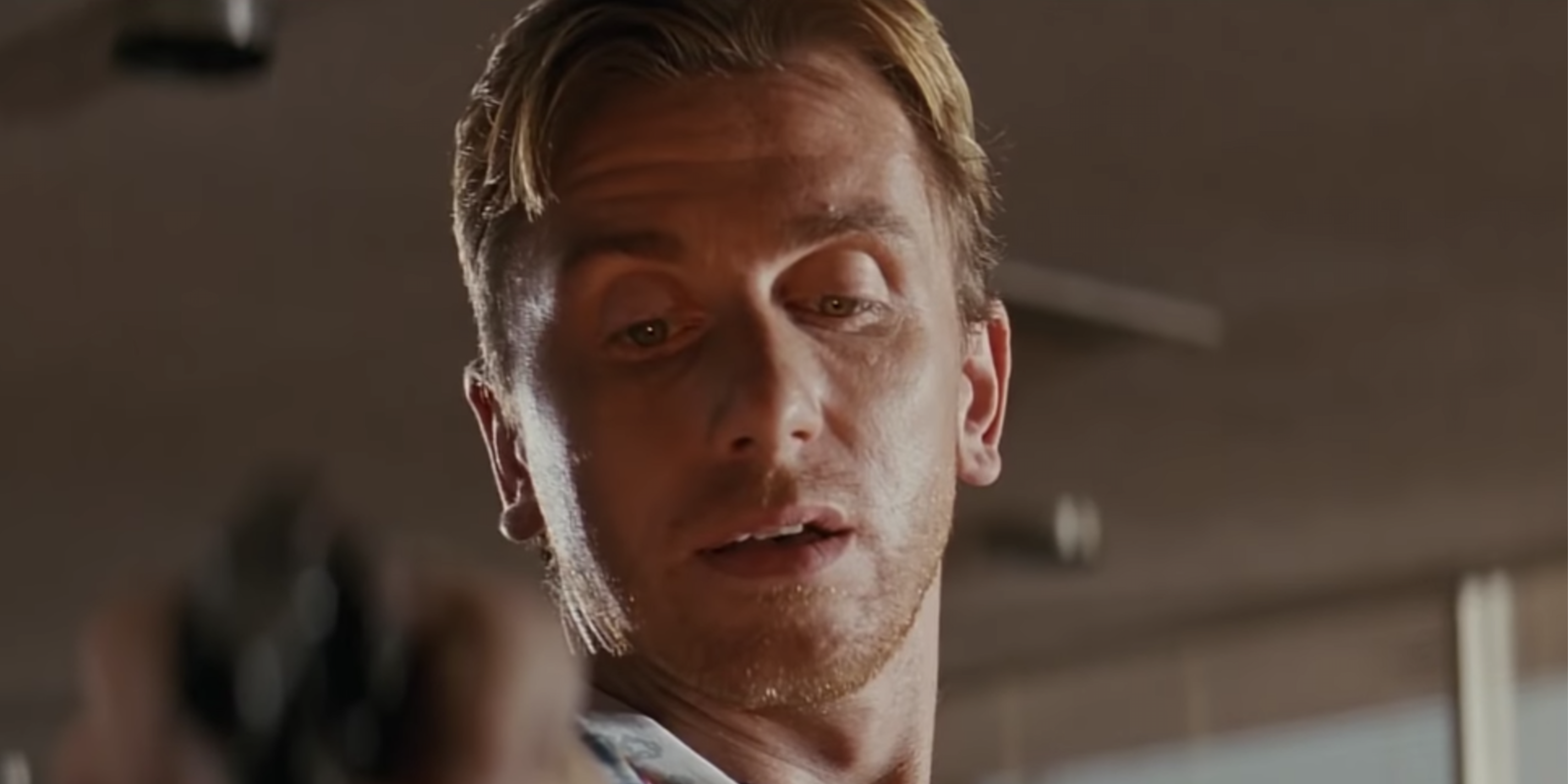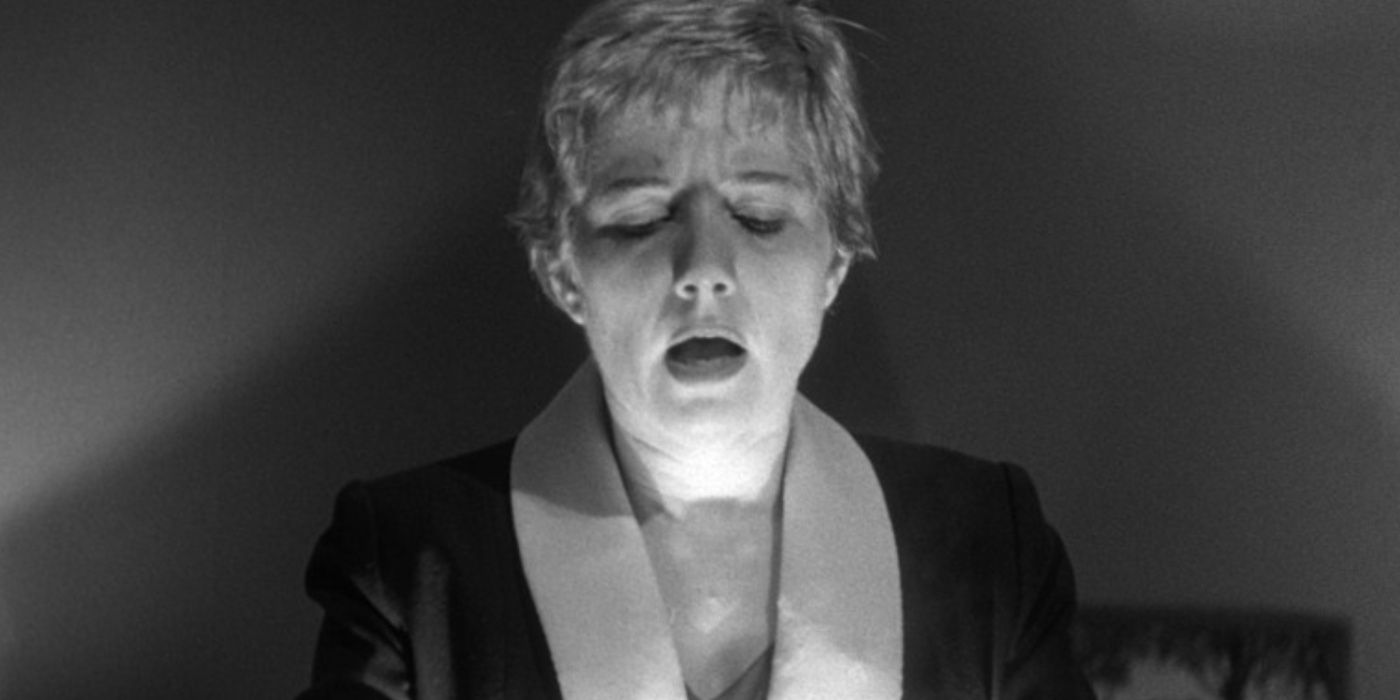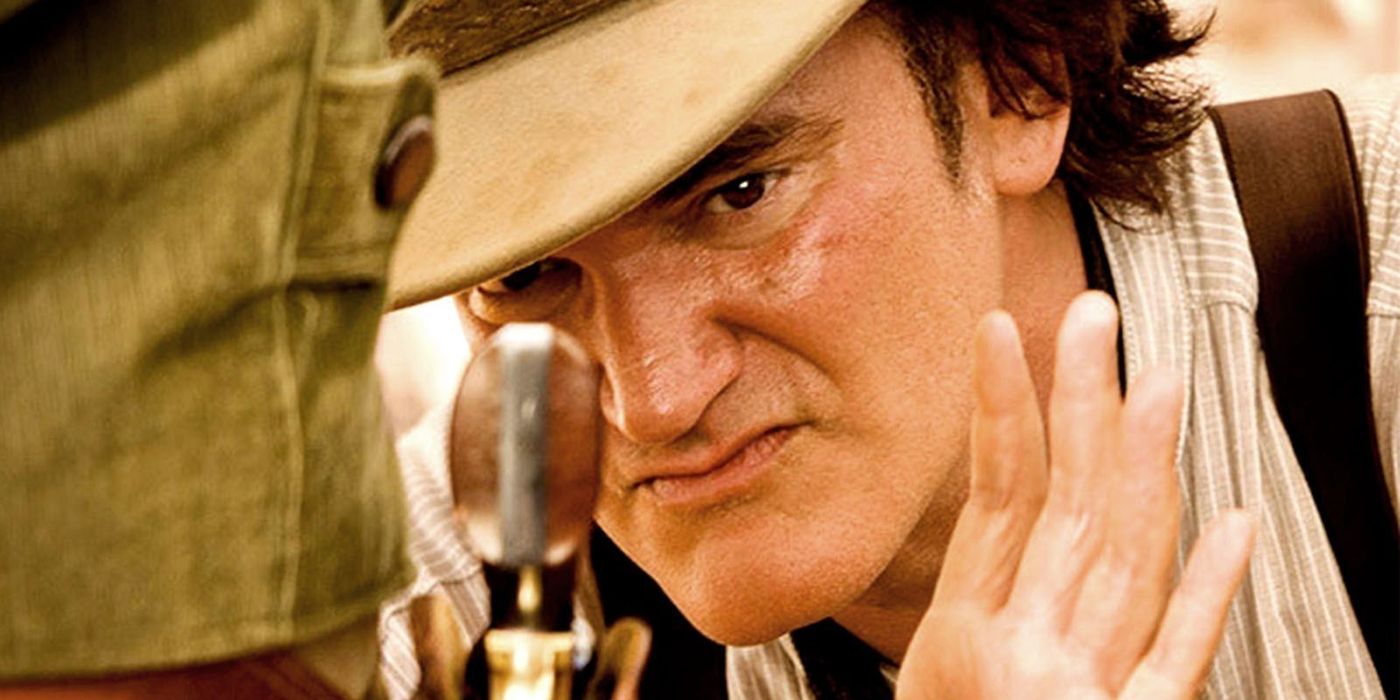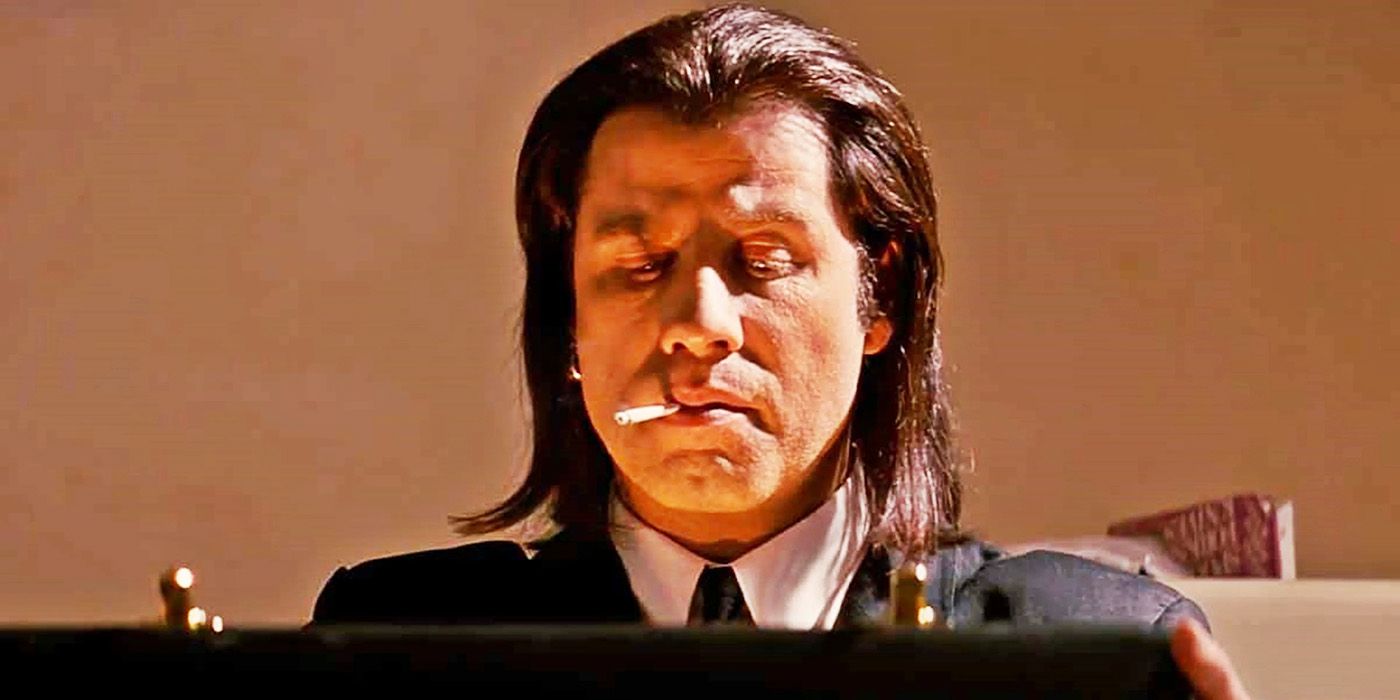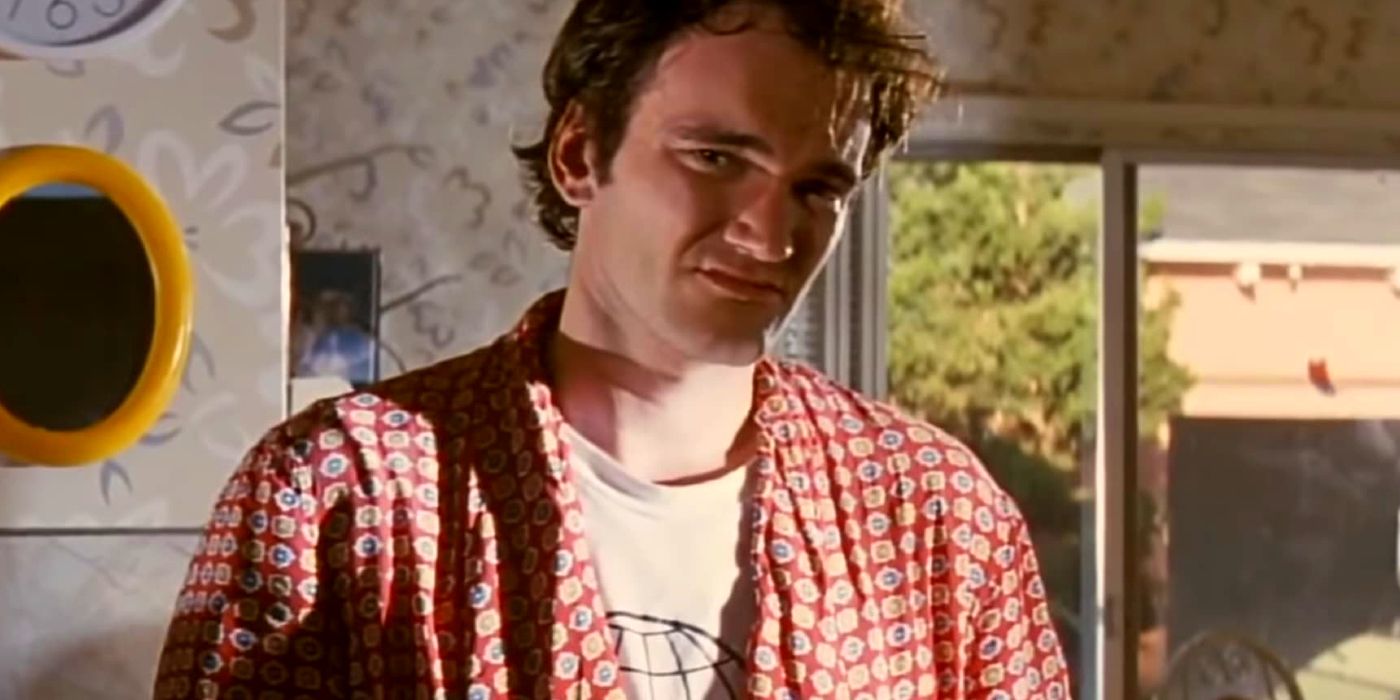Summary
- The Pulp Fiction briefcase is a cinematic puzzle piece, with its glow mesmerizing characters and fueling speculation among fans for decades.
- Theories about the briefcase range from containing Marsellus Wallace’s soul to diamonds from Reservoir Dogs, but Tarantino keeps it a mystery.
- Tarantino’s decision to not reveal the briefcase’s contents allows audiences to interpret the mystery on their own, engaging with the film creatively.
Pulp Fiction is full of intentional loose ends and mysteries, with the biggest talking point being what was in the briefcase. The briefcase functions as a “MacGuffin,” a plot device used to push the story forward. But for those who know their movie history, it’s clear that Tarantino references a film noir classic with the briefcase. When Jules (Samuel L. Jackson) and Vincent (John Travolta) first recover the briefcase, a glowing light can be seen, with everyone who looks inside the briefcase becoming mesmerized, though the camera never shows the contents, even by the end of Pulp Fiction.
Pulp Fiction characters like Vincent appears to have a spiritual experience at the sight of the briefcase’s contents, and the MacGuffin has the same effect on Pumpkin (Tim Roth), who describes the glowing contents as “beautiful.” The story in Tarantino’s Pulp Fiction famously jumps back and forth in time to create a cinematic puzzle, and the briefcase represents one of the most oddly shaped pieces in that puzzle. While Tarantino left the briefcase a mystery, it hasn’t stopped decades of speculating about its contents, and some theories have far more evidence than others.
Related
The 60 Best Movies Of All Time
Screen Rant breaks down the best movies of all time, from old classics to modern masterpieces across multiple genres of cinema.
What’s In The Pulp Fiction Briefcase – Best Theories
Pulp Fiction Theories Range From Drugs To The Human Soul
Online, among the most popular Pulp Fiction theories about what was in the Pulp Fiction briefcase is that it contains Marsellus Wallace’s soul. This would mean the gangster sold said soul to the devil and decided that he wanted it back. But (according to the theory) it comes with a price —evidenced by the bloodbath that is Pulp Fiction. Many people have noted that the briefcase’s lock code is 666, a number associated with the Devil.
The theory is further supported by the bandage on the back of Wallace’s head, which correlates with a biblical text that reveals how the Devil takes one’s soul. Considering Jules’ monologue about “divine intervention” after miraculously surviving a shoot-out, the “soul” theory is indeed intriguing. Even without adding an explicitly supernatural element to the world of Pulp Fiction, the Pulp Fiction briefcase could still symbolically represent the possibility of Marsellus’s redemption.
Others have suggested that the Pulp Fiction briefcase holds the diamonds from Reservoir Dogs. There’s not much evidence to support this argument aside from the gangster aspects and character connections. In Reservoir Dogs, Mr. Blonde, a.k.a. Vic Vega, goes on a killing rampage after a carefully planned diamond heist, thus upsetting Mr. Pink, who later escapes with the loot. However, Pulp Fiction co-writer Roger Avary once revealed that the Pulp Fiction briefcase originally contained diamonds but that the concept was ultimately deemed “too boring and predictable.”
it could be a play on the phrase “sunshine in a bag,” which refers to drugs, most often heroin.
A less theatrical theory about what was in the briefcase in Pulp Fiction is drugs. A number of characters in the movie can be seen taking drugs. Mia also snorts heroin thinking it’s cocaine, which leads to her overdose. Wallace is clearly a gangster who’s involved in a lot of different criminal activity outside of fixing boxing matches, and it’s likely that he operates some sort of drug trafficking. Drugs might not explain the glow inside the Pulp Fiction briefcase, but it could be a play on the phrase “sunshine in a bag,” which refers to drugs, most often heroin.
The Pulp Fiction Briefcase Scene Was Possibly Inspired By A 1955 Film Noir
Tarantino Is Known For His Many Homages To Old Movies
Most likely, the glowing light is simply an homage to the 1955 film noir classic Kiss Me Deadly, which includes a sequence featuring a cryptic box — one that’s connected to “the gates of hell” and glows upon being opened. This plausible explanation feeds into Quentin Tarantino’s well-known love of movies and also lends the film an air of mystery that has kept its fans guessing for decades about what was in the Pulp Fiction briefcase. The homage has led to the wild theory that the Pulp Fiction briefcase contains God.
Perhaps the real purpose of the Pulp Fiction briefcase is simply to fuel speculation among Pulp Fiction fans. Tarantino has not made a secret of his own theories and subtle ideologies behind his own films (he even admitted that he considers some of his films movies-within-movies as part of a broader Quentin Tarantino shared universe), so perhaps it was just Tarantino’s way of giving fans the scope to fill in the blanks on their own. Either way, the question of what was in the case in the briefcase in Pulp Fiction remains one of the most interesting movie mysteries of all time.
Quentin Tarantino Still Hasn’t Revealed What’s In The Pulp Fiction Briefcase
Quentin Tarantino Won’t Be Answering The Question
It’s been almost three decades since Pulp Fiction was released, and the Pulp Fiction briefcase mystery still lives on. Quentin Tarantino has kept the contents of the briefcase hush-hush, and it doesn’t look like he’ll be spilling the beans anytime soon. In the past, Tarantino has discussed the film, and the only light he’s shed on the mystery is that he enjoys keeping certain things a secret to make his movies more engaging.
Ultimately, what’s important about the briefcase is not its contents but that the criminals in the story will do anything to get it. At this point, revealing a concrete answer to what was in the briefcase in Pulp Fiction would risk the sense of anticlimax or over-literalism. Knowing the notoriously stubborn Tarantino, it’s likely that there will never be an answer to what’s in the Pulp Fiction briefcase, and its contents will have to remain up to the imagination.
Why Pulp Fiction Doesn’t Reveal What Was In The Briefcase
Tarantino Wants Audiences To Interpret The Mystery Own Their Own
Pulp Fiction not providing the contents of the briefcase isn’t just a trick to frustrate its audience. In fact, it’s quite the opposite, and the idea ties to one of Quentin Tarantino’s foundational filmmaking philosophies. In an interview (via YouTube), Tarantino uses the Pulp Fiction briefcase and Aldo Raine’s neck injury from Inglourious Basterds as two examples of putting this philosophy to work. Read his full quote below:
“I like the idea that you open up the briefcase in
Pulp Fiction and I don’t tell you what’s in there. But it’s up to you to figure out what’s in there, and now that’s your movie. And you’ll make that decision somewhere down the line. Now, if I tell you at this table what it is, you’ll throw that away. And I don’t want you to throw it away. That’s your movie.
”
Essentially, Tarantino is saying that by giving audiences the chance to decide what they think is in the briefcase, he’s allowing their creativity to interact with his film, forming their own interpretation. By telling the audience directly what to think, he would rid them of the opportunity to continue pondering about the movie after it’s over. Instead, he leaves the briefcase a mystery, so different viewers will have different ideas about his movie and what it’s about. It’s not too dissimilar from interpreting a painting, as it allows audiences to engage the art with their own thoughts and feelings.
Pulp Fiction’s Briefcase Mystery Has Become Part Of Movie History
The Briefcase Mystery Is One Of Cinema’s Ongoing Debates
Nearly three decades later, Pulp Fiction is still one of the most influential movies in the history of cinema. It’s arguably still Quentin Tarantino’s best movie, and so many aspects of it have become part of the broader film vernacular. The ongoing debate regarding the briefcase mystery is one such aspect, continuously captivating audiences old and new for decades. Seeing as Tarantino has no intention of answering this question, Pulp Fiction’s biggest question should be around for many more decades to come.
